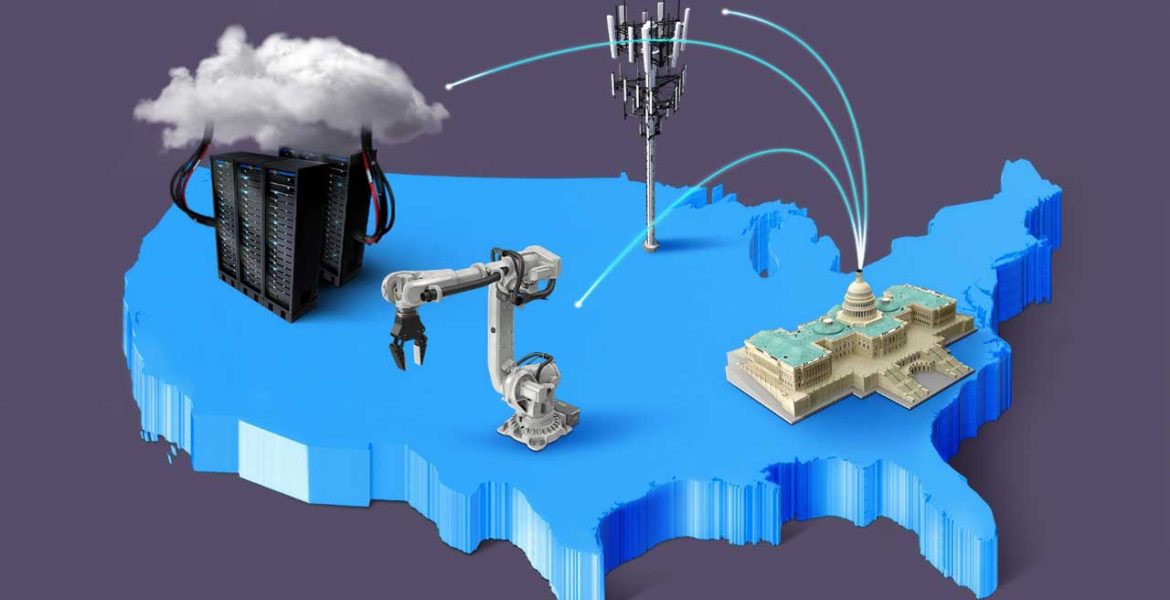By Randi Mohr, VP of Customer Success and Marketing
COVID-19 reshaped business seemingly overnight – from store closures, supply chain disruptions, mandated social distancing and quarantine, consumer goods shortages, and company-wide work-from-home orders. Marketers across the globe received a harsh and immediate lesson: following a clear campaign strategy is great, but sometimes, your only choice is to change your plans – fast.
Today’s business evolves at breakneck speed and your digital strategy needs to as well – from new technology, changing consumer preferences, changes in leadership or direction, canceled events, lackluster performance, or most recently, a global crisis. COVID-19 was a great big reminder of the speed of change McKinsey & Company reported how in just three months, e-commerce penetration in the U.S. market grew more quickly than it had in the last ten years combined.
Crisis-proof your plan by using data to reveal, in near real-time, what resonates with your customers. By placing your data and customers at the heart, you can effectively and confidently turn your digital strategy on a dime.
Match Promotions to Buyers’ Changed Interests
A robust campaign calendar is an organizational lifeblood for busy brands managing multiple campaigns across personas and channels. Detailed plans are ineffective, though, unless they’re built to respond to customers’ whims and their larger environment.
For example, when COVID-19 began impacting U.S. businesses in earnest in early March, Search Engine Journal compared search volume for swimsuits (a popular springtime purchase) to groceries. Due to COVID, search queries related to groceries skyrocketed, whereas searches for swimsuits decreased by 50% compared to 2019. If you kicked off a Swimwear Essentials campaign in early March, the only increase you’d see is customer complaints that your brand is tone-deaf.
Review search queries on tools like Google Trends or your website’s search field to understand your customers’ current cares and concerns. Combine these trends with website analytics to monitor the products or product categories that are growing in popularity. This is a simple way to use data to update your promotional plan, swap a product, or refocus a promotion around the products, services, or information your customers want.
Optimize Your Channel Mix
Your customers change devices, social networks, and channels based on trends, social pressures, or whims. Going on autopilot and ignoring channel engagement is a mistake (and an easy way to overspend your marketing budget).
Google Analytics’ channel report is a free and fantastic tool to understand audience distribution and engagement across channels. You should review this report regularly to understand the channels driving traffic to your website, the types of webpages most frequently visited, and whether users find the content useful (bounce rate is one indicator). Isolate specific dates to analyze changes driven by events or upheaval or compare year over year to monitor growth.
Social networks, your website, marketing automation tools, and more will each offer their reporting tools to measure changes in engagement. Keep in mind, metrics may differ from tool to tool, so it’s best to benchmark and measure trends within the same platform over time, for an apples-to-apples comparison.
Embrace Automation
Automated campaigns like abandoned cart, browse abandonment, welcome, birthday, subscription renewal, and more, will engage customers based on their specific behavior, actions, or data, without an ongoing manual lift.
A big caveat here is the content within those campaigns needs to be strategic and evergreen and must be revisited frequently. With COVID-19, we immediately revisited our automated programs to check for insensitive content and themes, or impossible promotions (like an in-person coupon, amidst store closures).
Additionally, business intelligence tools can automate reporting and create easier to digest visualizations. Automating your data capture and compilation process saves huge amounts of time and manual efforts, letting you instead focus on the important stuff – analyzing trends, revealing insights, and planning your best path forward.
Your 2021 Plan? Data-Driven and Customer-Focused
Your digital strategy must embody two sides of the same coin. It must be centered in data – pitting your assumptions against benchmarks; backing up qualitative predictions with quantitative data.
As important, it must stay laser-focused on your customers. Turn your strategy on a dime by using data to understand your customers’ current context and proactively respond to their needs. Provide relevant value at every turn. Then, measure the results of your efforts to tailor your strategy ongoing.
It’s always better to pivot, then to follow a failed plan off the cliff.
Vice President of Customer Success and Marketing for digital agency Whereoware, Randi Mohr ensures clients’ digital services achieve intended business objectives. Mohr also oversees Whereoware’s brand messaging and marketing efforts to accelerate sales growth.

